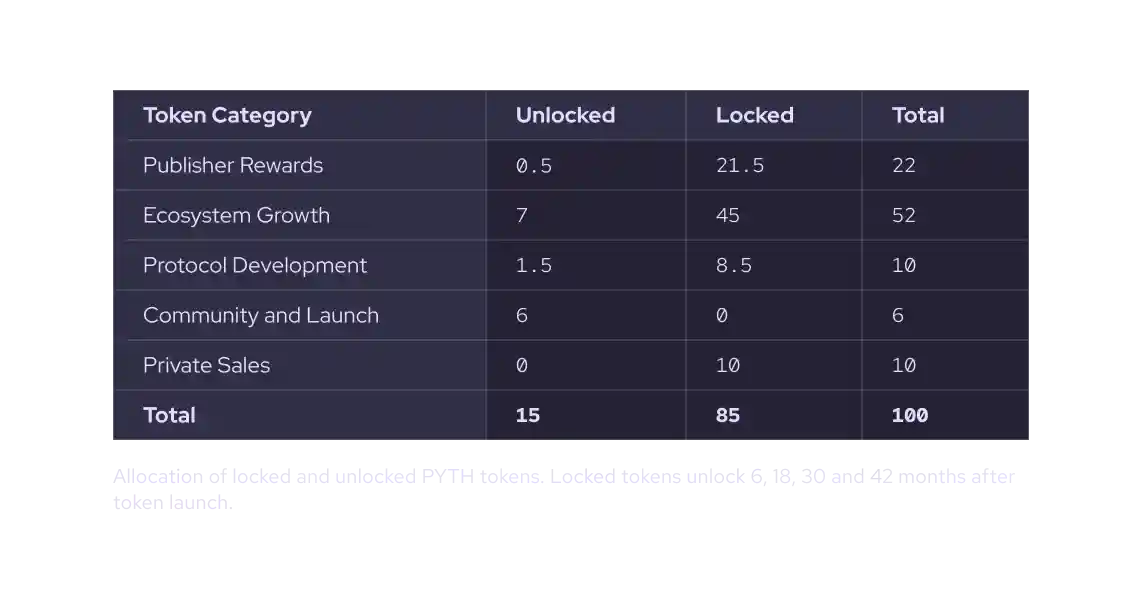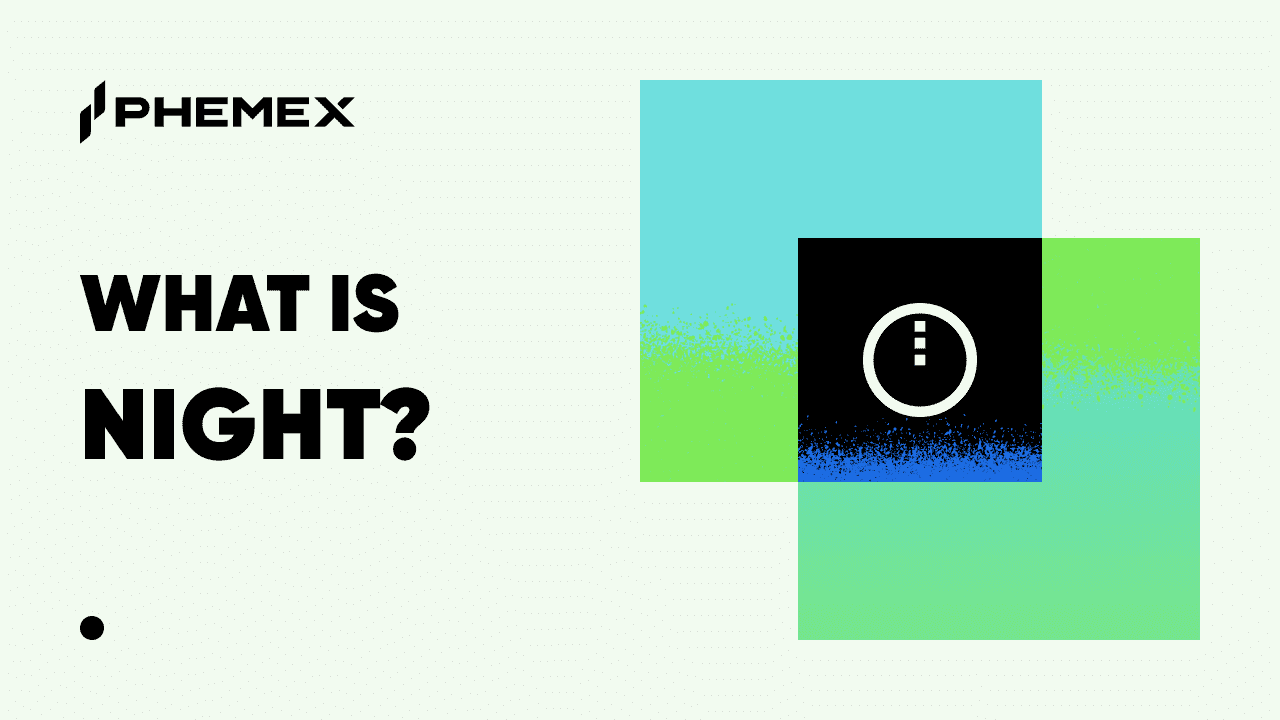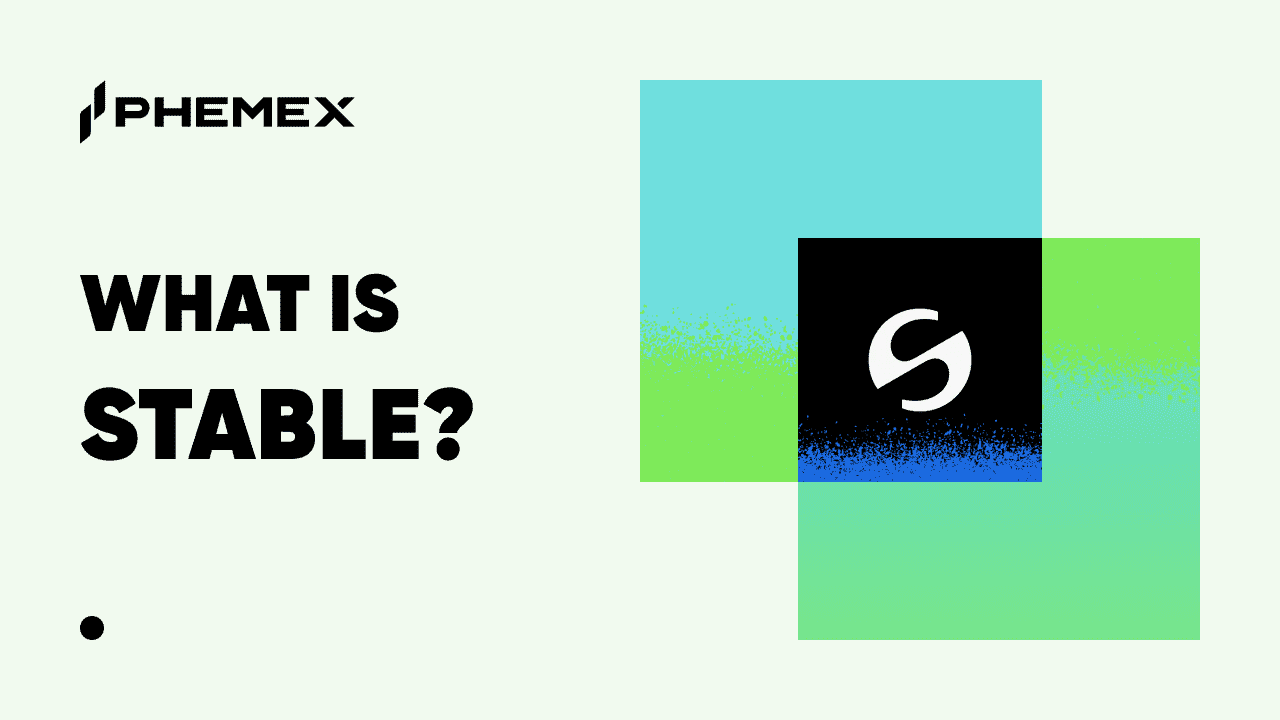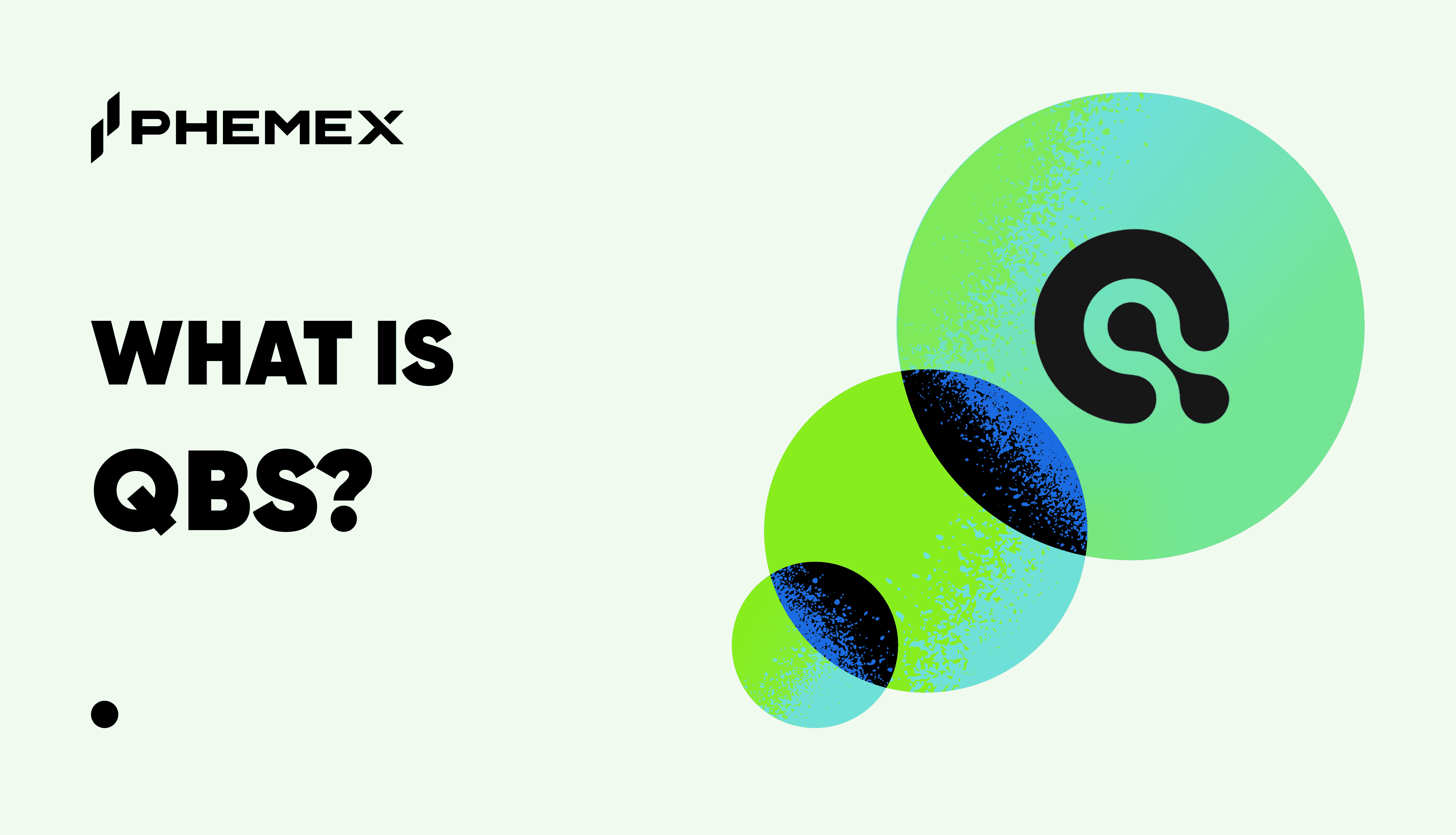In the fast-evolving world of decentralized finance (DeFi), access to accurate, real-time, and reliable data is not just a feature—it's the bedrock of secure and efficient markets. The Pyth Network (PYTH) has emerged as a leading oracle solution, designed to stream high-fidelity financial market data to decentralized applications (dApps) across numerous blockchains. By bridging the gap between traditional financial markets and the blockchain, Pyth is empowering developers to build the next generation of financial products with confidence. To learn more about how you can interact with this innovative project, explore Phemex Academy for comprehensive guides and insights.

Summary Box (Quick Facts)
-
Ticker Symbol: PYTH
-
Chain: Native to Pythnet (a fork of Solana), with cross-chain capabilities.
-
Circulating Supply: Approximately 5.75 billion PYTH.
-
Max Supply: 10 billion PYTH.
-
Primary Use Case: Governance of the Pyth Network.
-
Current Market Cap: $1,278,580,702 (as of late August 2025)
What Is Pyth Network?
Pyth Network is a decentralized oracle that provides real-world data to smart contracts on the blockchain. Blockchains, by design, are isolated systems and cannot access external information independently. Oracles like Pyth solve this problem by acting as a secure bridge, feeding external data, such as asset prices, into the on-chain environment.
What makes Pyth Network stand out is its focus on sourcing data directly from first-party providers. These include some of the world's largest exchanges, market makers, and financial services providers who contribute their proprietary price data. This model ensures that the data is not only highly accurate but also delivered with very low latency, which is crucial for time-sensitive DeFi applications like derivatives trading and lending protocols.
How Many PYTH Are There?
The Pyth Network has a fixed maximum supply of 10 billion PYTH tokens, ensuring that the tokenomics are not inflationary. Of this total supply, 85% of the tokens were initially locked, with a structured vesting schedule that releases them over 6, 18, 30, and 42 months after the initial launch in November 2023. This gradual release is designed to foster long-term stability and sustainable growth for the ecosystem. The initial circulating supply was 1.5 billion PYTH.
The token distribution is allocated to several key areas to support the network's growth and decentralization:
-
Ecosystem Growth: 52%
-
Publisher Rewards: 22%
-
Protocol Development: 10%
-
Private Sales: 10%
-
Community and Launch: 6%
What Does PYTH Do?
The primary Pyth Network use case is to facilitate the decentralized governance of the protocol. PYTH token holders can stake their tokens to participate in on-chain governance, giving them the power to vote on key proposals that shape the future of the network. These decisions can include setting data fees, determining reward mechanisms for data publishers, and approving software updates.
By staking their tokens, community members play a direct role in the network's development and security, ensuring that it remains aligned with the interests of its users. This governance model is a critical component in Pyth's journey towards becoming a fully decentralized and self-sustaining protocol.
Pyth Network vs. Chainlink
While both Pyth Network and Chainlink are leading oracle solutions providing essential off-chain data to blockchains, they differ significantly in their approach, architecture, and primary use cases. Here's a comparison to highlight their key distinctions.
| Feature | Pyth Network | Chainlink |
| Data Sourcing Model | First-Party Data: Pyth sources data directly from the originators, such as major exchanges, trading firms, and financial institutions. This model is designed to ensure high-fidelity and low-latency data. | Third-Party Aggregation: Chainlink's decentralized network of node operators gathers data from a wide array of sources, including data aggregators like CoinMarketCap and CoinGecko, as well as exchanges. |
| Oracle Architecture | Pull Model: Pyth primarily uses a "pull" oracle design. Applications request, or "pull," price updates on-demand when they are needed. This can be more efficient for high-frequency applications. | Push Model: Chainlink traditionally operates on a "push" model, where its oracles regularly "push" data updates on-chain, triggered by certain conditions like price deviations or time intervals. |
| Primary Use Case | DeFi and Trading: Pyth is optimized for speed and precision, making it ideal for decentralized finance (DeFi) protocols, derivatives platforms, and other time-sensitive financial applications. | Versatile & General-Purpose: Chainlink serves a broader range of applications beyond finance, including gaming, insurance, supply chain management, and NFTs. Its architecture is more generalist. |
| Speed & Latency | High-Frequency Updates: Pyth is built for sub-second data delivery, providing near real-time price feeds, which is critical for trading. | Variable Latency: While reliable, Chainlink's model is not primarily designed for the same level of high-frequency updates as Pyth, focusing more on broad applicability and security. |
| Decentralization | Reputation-Based: Relies on a smaller, curated group of highly reputable, institutional data providers. The integrity of the data is backed by the reputation of these first-party sources. |
The Technology Behind PYTH
Pyth Network's technological foundation is designed for speed, accuracy, and reliability. It operates on its own appchain called Pythnet, which is a fork of the Solana blockchain. This allows Pyth to benefit from Solana's high throughput and efficiency. The consensus mechanism on Pythnet is a Proof-of-Authority (PoA), where data providers run validator nodes, staking their reputation to ensure data integrity.
A key component of Pyth's architecture is the Wormhole protocol, which enables the cross-chain transfer of data. This allows Pyth to deliver its price feeds to over 40 different blockchains, making it a highly interoperable oracle solution. The network aggregates data from its numerous publishers to create a single, robust price feed for each asset, which is updated every 400 milliseconds.
Team & Origins
The Pyth Network was initially developed within an incubator program run by Jump Crypto, a division of the major trading firm Jump Trading Group. This connection to traditional finance was instrumental in establishing relationships with the institutional data providers that form the backbone of the network. In 2023, the team behind Pyth's development founded Douro Labs to oversee the project's growth.
The leadership at Douro Labs includes Michael Cahill (CEO), Ciarán Cronin (COO), and Jayant Krishnamurthy (CTO), all of whom have backgrounds at Jump Trading and bring a wealth of experience from both the finance and software engineering sectors.
Key News & Events
The Pyth Network has seen significant developments and events that have shaped its trajectory:
-
Airdrop and Token Launch: In November 2023, Pyth conducted a significant airdrop, distributing PYTH tokens to over 90,000 wallets to decentralize its governance.
-
Expansion into Asian Markets: In July 2025, Pyth launched real-time price feeds for 85 Hong Kong equities, marking a strategic push into Asian financial markets.
-
Partnerships and Integrations: Pyth has continuously expanded its ecosystem through partnerships with various DeFi protocols, such as RHEA Finance.
-
U.S. Government Collaboration: In a landmark development in August 2025, the U.S. Department of Commerce selected Pyth Network, alongside Chainlink, to publish official economic data like GDP on the blockchain. This historic partnership significantly boosted PYTH's credibility and led to a substantial price rally.
Is PYTH a Good Investment?
Determining whether PYTH is a good investment depends on your individual financial goals and risk tolerance. The PYTH price has demonstrated significant volatility, which is common in the cryptocurrency market.
On the one hand, Pyth Network has strong fundamentals. It addresses a critical need in the DeFi space for high-quality, real-time data. Its first-party data model is a key differentiator, and it has gained considerable traction, securing a significant portion of the oracle market. The recent collaboration with the U.S. government has also provided a major boost to its legitimacy and long-term potential.
However, potential risks should not be overlooked. The cryptocurrency market is inherently volatile, and regulatory landscapes are still evolving. Competition from other oracle solutions also remains a factor. As with any investment, it is crucial to do your own research and consider the inherent risks. For more insights on market trends, you can explore the latest news about PYTH.
Disclaimer: This is not financial advice. Crypto trading involves risks; only invest what you can afford to lose.
How to Buy PYTH on Phemex
For those looking to get involved with the Pyth Network, Phemex offers a straightforward way to acquire PYTH tokens. For a detailed, step-by-step guide, please visit our dedicated page on "How to buy PYTH". Phemex provides a secure and user-friendly platform where you can easily trade PYTH.
FAQs
What problem does Pyth Network solve?
Pyth Network solves the problem of decentralized applications needing access to secure, accurate, and real-time off-chain data. It acts as a bridge between blockchains and real-world financial market data, which is essential for DeFi protocols to function correctly.
What is the main use case for the PYTH token?
The primary use case for the PYTH token is governance. Token holders can stake their PYTH to vote on proposals that direct the development and parameters of the Pyth Network, such as data fees and publisher rewards.
How is Pyth Network different from Chainlink?
Pyth's main differentiator is its reliance on first-party data providers—the institutions that originate the data. It also uses a "pull" oracle model, allowing dApps to request data on demand, and is highly optimized for the speed required by financial applications. Chainlink is a more general-purpose oracle with a broader network of node operators and a wider range of use cases.









